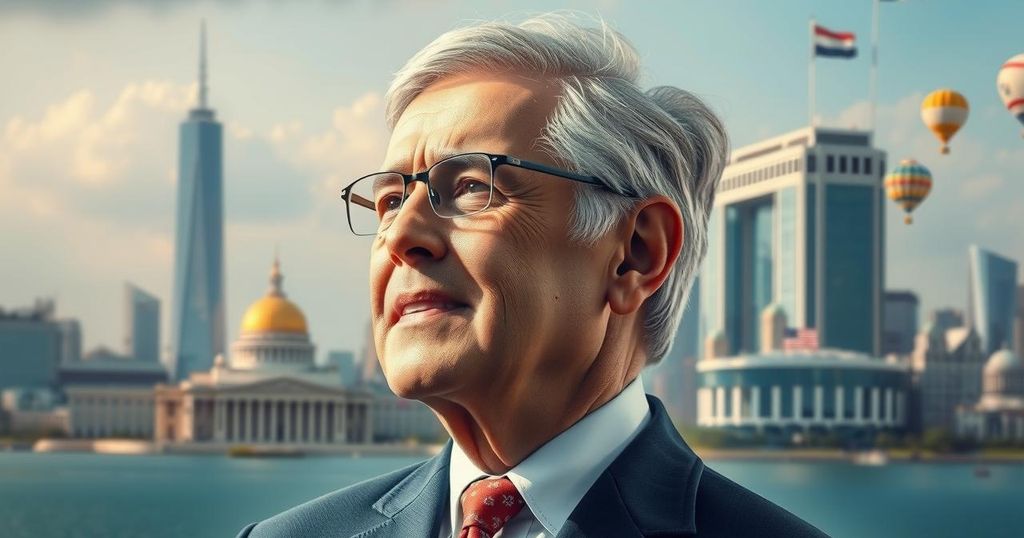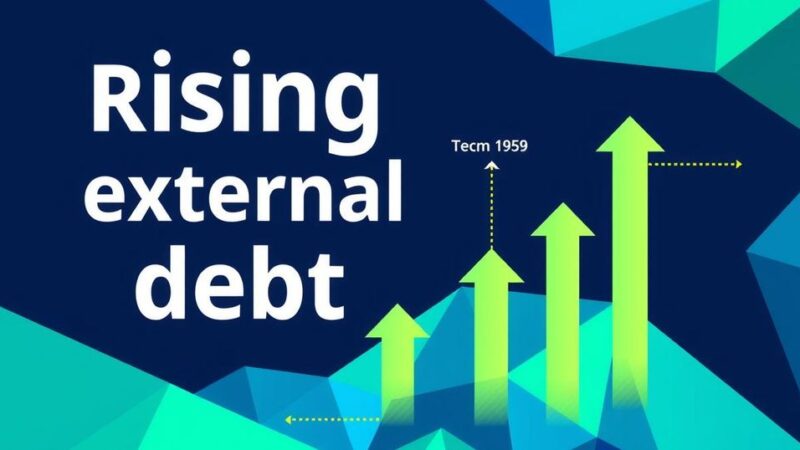Manmohan Singh, former Prime Minister of India, is celebrated for his crucial role in economic reforms that transitioned the country from an inward-looking approach to one favoring export-led growth. His academic insights guided policies that rejuvenated India’s economy in the 1990s. By devaluing the rupee and liberalizing trade, Singh increased foreign reserves and significantly reduced poverty, thereby establishing India as a competitive global player.
Manmohan Singh, a former Prime Minister of India, is recognized for his visionary approach to fostering national growth. His academic pursuits, particularly his thesis titled “India’s Export Trends and Prospects for Self-Sustained Growth,” critically evaluated India’s trade policies that were predominantly inward-looking. During the economic reforms of 1991, Singh, then serving as the Finance Minister, successfully averted India’s potential bankruptcy and positioned the nation as an emerging global economic contender, drawing from his profound academic insights.
Singh, who earned his DPhil from Oxford University’s Nuffield College, conducted his research under the mentorship of Professor Ian Little, a distinguished economist instrumental in shaping India’s early economic policies. Contrary to the common belief that India’s economic planning was insular and Soviet-inspired, it was actually developed through collaboration with reputable economists from the United States and Britain on the early five-year plans.
Singh’s thesis emphasized the stagnation in India’s export earnings from 1951 to 1960 and posed critical questions regarding the nation’s export prospects and the necessary policy implications. His analyses underscored the need for India to pivot from an import-substitution industrialization strategy to an export-promotion industrialization approach, which had been pivotal in the success of other Asian economies.
In 1991, as Finance Minister, Singh initiated significant reforms by devaluing the Indian rupee, enhancing the competitiveness of Indian exports. Concurrently, he lowered import tariffs and eliminated foreign trade restrictions. This strategic maneuvering led to a substantial increase in India’s foreign reserves, which grew from just two weeks’ worth of imports to $25 billion within four years. Singh further reinforced these liberalization efforts during his tenure as Prime Minister, coinciding with social safety measures that lifted 271 million individuals out of poverty between 2005-06 and 2013-14, as reported by the Planning Commission.
Singh’s foresight and policies demonstrate a profound understanding of economic trade dynamics, transforming India into a robust player on the global stage.
Manmohan Singh rose to prominence as a key economic architect during a critical period in India’s history. The early 1990s marked a severe balance of payments crisis, compelling the government to initiate sweeping reforms. Singh’s extensive academic background in economics provided a theoretical foundation for these reforms, particularly his insights into export-led growth. His collaborations with prominent economists during India’s formative planning years also played a vital role in influencing the country’s economic strategy, paving the way for sustainable development through global trade.
In conclusion, Manmohan Singh’s contributions as Prime Minister are marked by a clear vision of economic growth through strategic reforms emphasizing export promotion. By transitioning away from restrictive policies, his administration not only stabilized India’s economy but also integrated it into the global marketplace. His legacy of advocating for liberalization and social responsibility continues to influence economic policies in India today.
Original Source: www.hindustantimes.com






